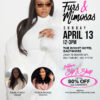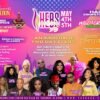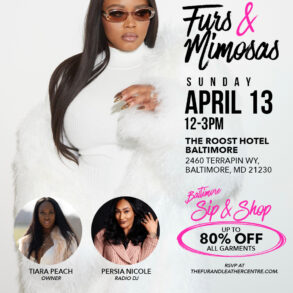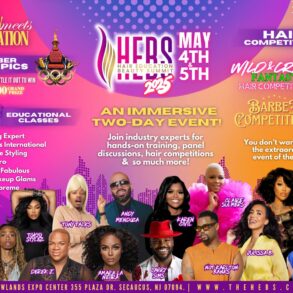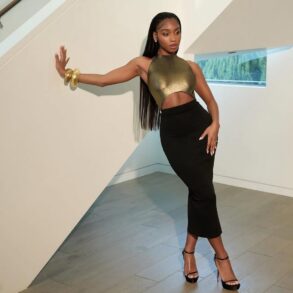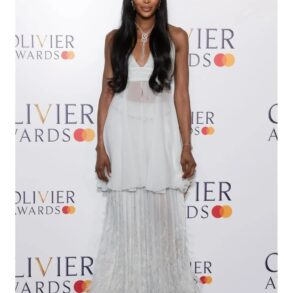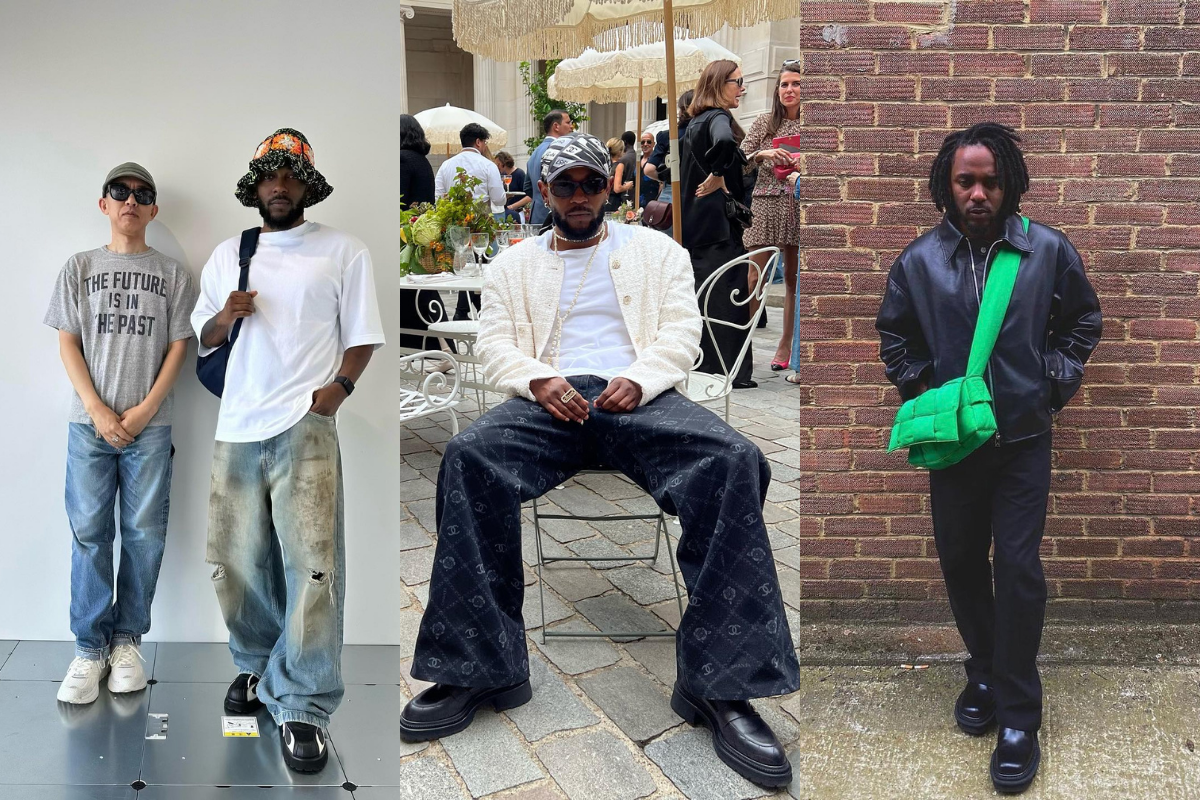
Early Days: The LA Aesthetic
Kendrick Lamar’s fashion journey began in 2012 with the release of his breakthrough album, good kid, m.A.A.d city. During this era, he embodied the essence of Los Angeles streetwear. His attire was a canvas that vividly expressed the spirit of the West Coast. The snapback caps, often bearing LA sports logos, served as symbols of local pride. His bandana-print T-shirts paid homage to the city’s gang culture while making a bold fashion statement. Baggy blue jeans, Timberland boots, and iconic Nike Air Force Ones were not just clothing items, but artefacts of urban life.
What set Kendrick apart during this phase was his ability to infuse authenticity into his style. It wasn’t merely a fashion choice; it was a reflection of his roots, his upbringing in Compton, and his commitment to storytelling through clothing. His outfits were a visual narrative, an homage to the city that raised him and the music that made him.
Transition: Refining the Basics
By 2017, as Kendrick prepared to release his third studio album, Damn, his style underwent a profound evolution. It was a pivotal moment in both his career and fashion journey. He shed the flashy streetwear of his earlier days and embraced a more minimalist aesthetic. The crisp white T-shirts he favoured were a canvas for his evolving identity. The Nike Cortez sneakers, iconic in Compton’s history, became a symbol of Kendrick’s connection to his hometown and the baggy chinos replaced the baggy jeans of his youth, a nod to LA culture, while signifying a shift towards maturity and a deeper sense of self.
This phase was not just about a change in wardrobe; it was also the visual representation of Kendrick’s growth as an artist. Coming into his own, his music had matured, tackling complex themes and societal issues. Likewise, his fashion choices matured, reflecting a more introspective and refined Kendrick Lamar.
This post was originally published on this site be sure to check out more of their content.

